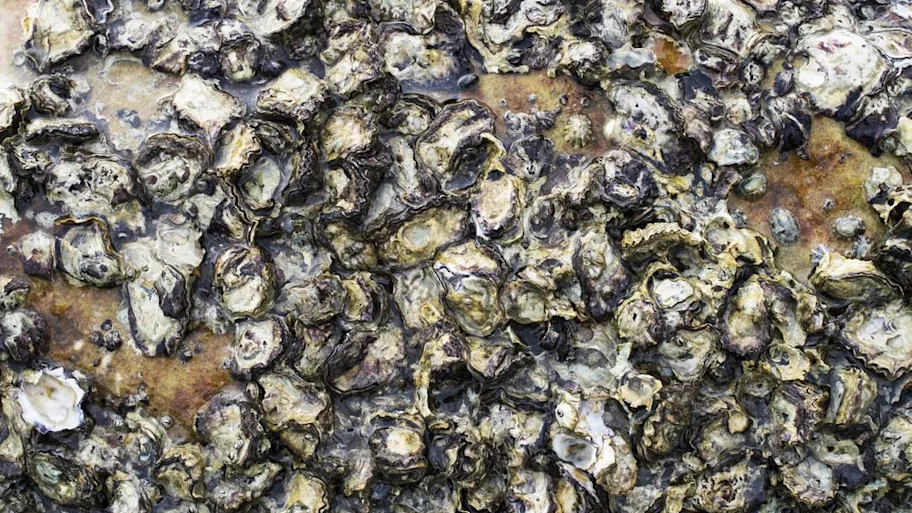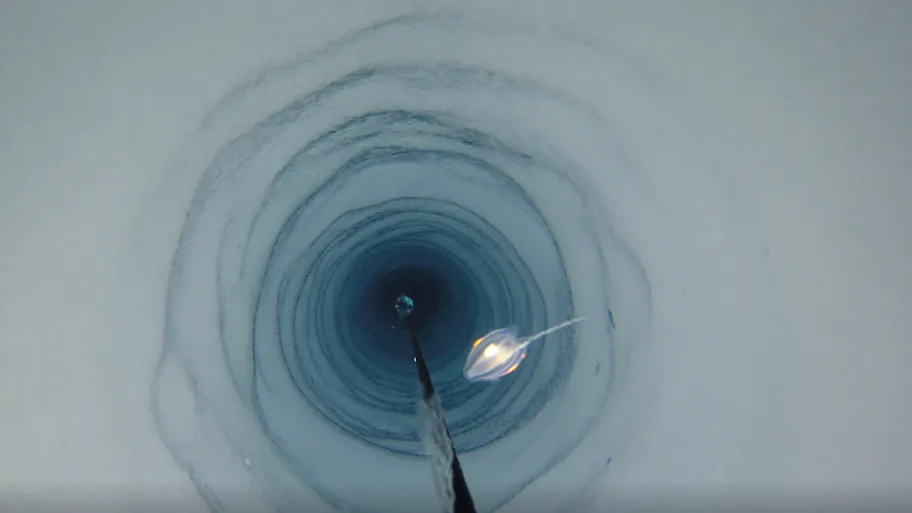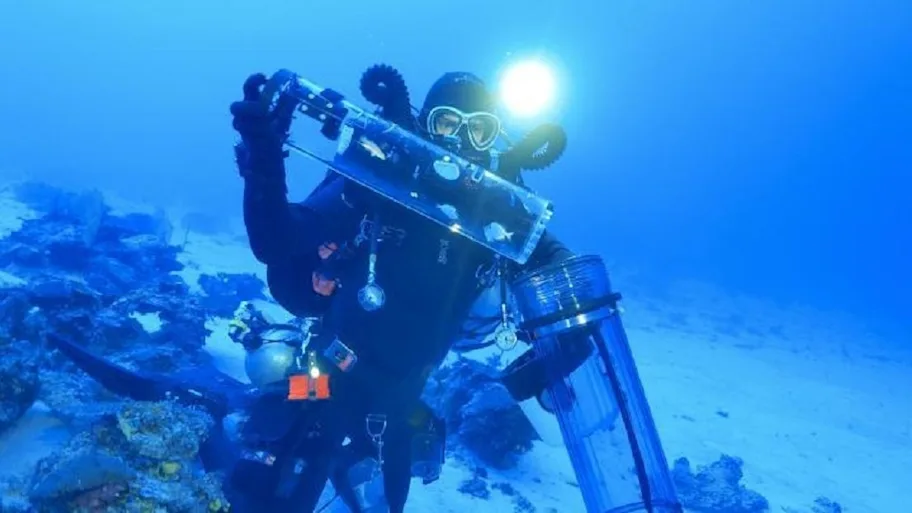
- Science news
- Featured news
- Underwater robot ‘Lassie’ discovers remarkable icefish nests during search for Shackleton’s lost ship off Antarctica
Underwater robot ‘Lassie’ discovers remarkable icefish nests during search for Shackleton’s lost ship off Antarctica
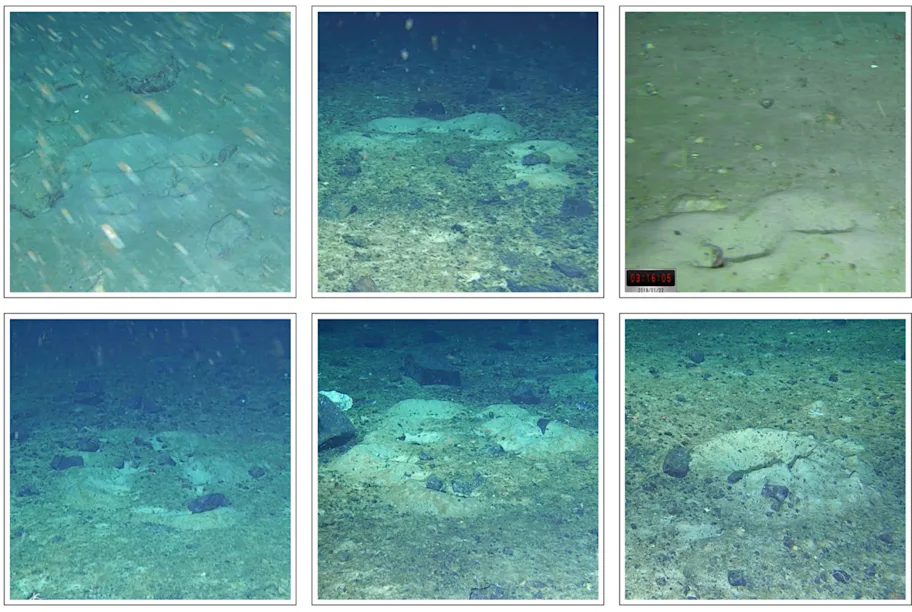
Russell B Connelly is a postgraduate researcher and marine biologist at the School of Life Sciences of the University of Essex. After completing a BSc and MRes at the University of Essex, he began a PhD at the same university, focusing on new monitoring techniques for populations of UK seahorse species.
Together with colleagues, he recently published a study in Frontiers in Marine Science describing remarkable, never-before-seen geometric clusters of nests of cryonotothenioid fish, also known as icefish. These were first filmed 2019 by the remotely operated vehicle ‘Lassie’ operating from the ship SA Agulhas II in the Western Weddell near the Sea Larsen C Ice Shelf. In this editorial, he summarizes their discovery and its importance.
In a remote part of Antarctica's Western Weddell Sea, an area once hidden beneath a 200-metre-thick ice shelf, scientists have uncovered a new and unusual phenomena: extensive maintained fish nesting grounds arranged in patterns.
When the A68 iceberg, measuring 5,800 square kilometers, calved from Larsen C Ice Shelf in 2017, it opened new access for research. A remotely operated vehicle (ROV) exploring the seafloor revealed more than 1,000 circular nests, each cleared of the layer of plankton detritus that blanketed surrounding areas. These nests were not randomly scattered, instead they were organized into distinct patterns, forming a vast, geometric fish neighborhood on the seafloor.
The dimples in the sand are the cleaned fish nests. Some are singular, bottom right, some are in curves, center top, and others in clusters, top left. All have been cleared of the carpet of phytoplankton detritus that covers surrounding areas – seen starkly in the center top picture.
The expedition
The Weddell Sea Expedition 2019 had two aims: to conduct an interdisciplinary scientific program in the waters surrounding the Larsen C Ice Shelf, and to locate, survey, and image the wreck of Sir Ernest Shackleton's ship, the Endurance, which sank in 1915. The scientific motivation was driven by the critical importance of Antarctica's floating ice shelves. These ice shelves play a crucial global role, acting to support and restrain ice flow from the vast interior of the Antarctic Ice Sheet. When ice shelves thin or collapse, this restraint is lost, leading to accelerated ice flow from the continent, which in turn contributes to global sea-level rise. The expedition was particularly timely, following the major calving of iceberg A68. That calving event provided a unique opportunity to study a region undergoing rapid environmental change, specifically the first chance to study previously inaccessible areas of the seabed that were once underneath A68.
Read and download original article
Equipped with autonomous underwater vehicles (AUVs) and a ROV aboard the South African polar research vessel SA Agulhas II, the team faced the same extreme sea-ice conditions that had crushed the Endurance vessel more than a century earlier. The immense pressure of the thick multi-year pack ice thwarted the 2019 search effort for the Endurance. Although this expedition did not locate the wreckage, the invaluable experience gained in navigating the treacherous ice and deploying submersible technology assisted with the planning and execution of the subsequent Endurance22 expedition on the same ship, which successfully located the remarkably well-preserved wreck in March 2022 at 3,008 meters below sea level.
A story of survival
The architects of these nests are a species of rockcod known as the yellowfin notie (Lindbergichthys nudifrons). Each nest would have been guarded by a parent fish, protecting their eggs from predators. This remarkable organization is thought to be a survival strategy. The dense clusters demonstrate the ‘selfish herd’ theory in action: individuals in the center of the group gain protection, shielded by their neighbors. The solitary nests on the outskirts are thought to be occupied by larger, stronger individuals better able to defend their nests. The entire community is a dynamic interplay between cooperation and self-preservation.
Why the discovery matters
This find is more than a scientific observation; it has critical implications for conservation. It provides evidence that this area contains a Vulnerable Marine Ecosystem, a unique and fragile habitat that is crucial for biodiversity. Importantly, it builds on previous work in the Weddell Sea, such as Purser et al. (2022), who revealed one of the largest known fish breeding colonies on Earth. These discoveries are vital to support the formal designation of the Weddell Sea as a Marine Protected Area. Protecting this area means safeguarding not just the iconic penguins and seals, but also these hidden nurseries that form part of the Antarctic food web. These underwater environments are a powerful reminder that even in the planet's most extremes, life finds a way to build complex, resilient communities.
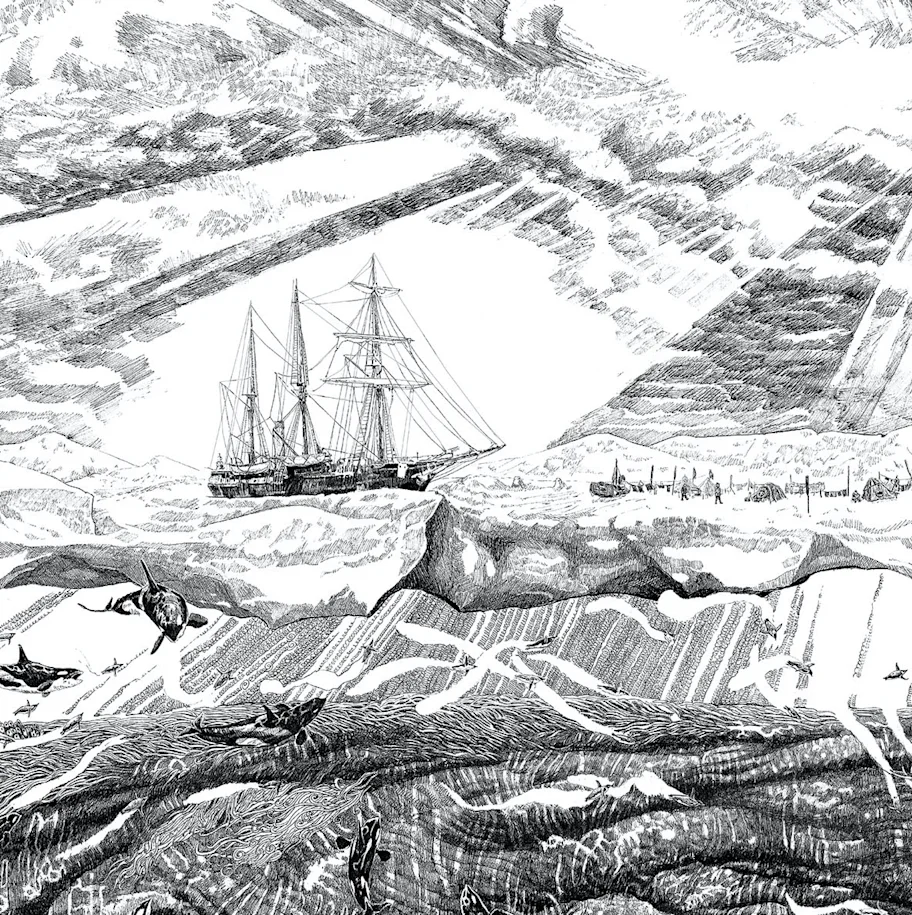

REPUBLISHING GUIDELINES: Open access and sharing research is part of Frontiers’ mission. Unless otherwise noted, you can republish articles posted in the Frontiers news site — as long as you include a link back to the original research. Selling the articles is not allowed.
